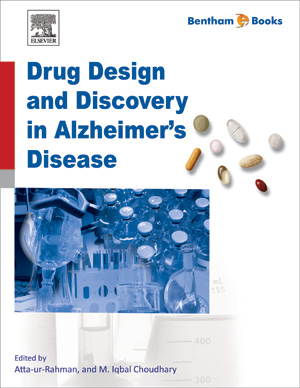Abstract
Although several research strategies have been developed in the last decades, the current therapeutic options for the treatment of Alzheimer’s disease are limited to three acetylcholinesterase inhibitors: galantamine, donepezil and rivastigmine. However, they have only offered a modest improvement in memory and cognitive function. Moreover, these drugs show side effects, and relatively low bioavailability among other problems. These features limit their use in medicine and they lead to a great demand for discovering new acetylcholinesterase inhibitors. In addition to its important role in cholinergic neurotransmission, acetylcholinesterase also participates in other functions related to neuronal development, differentiation, adhesion and amyloid-β processing. Acetylcholinesterase accelerates amyloid-β aggregation and this effect is sensitive to peripheral anionic site blockers. Both features have lead to the development of dual inhibitors of both catalytic active and peripheral anionic sites. These compounds are promising disease-modifying Alzheimer’s disease drug candidates. On the other hand, due to the pathological complexity of Alzheimer’s disease, multifunctional molecules with two or more complementary biological activities may represent an important advance for the treatment of this disease. All these features are described in detail in the present chapter.
Keywords: Alzheimer’s disease, donepezil, galantamine, huperzine, huprines, infractopicrin, inhibitors AChE, ladostigil, physostigmine derivatives, rivastigmine, tacrine, tacrine hybrid, tacripyrines and donepezil hybrids, TAK-147.






















